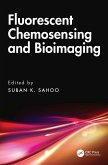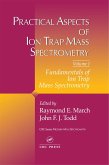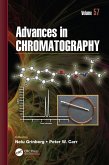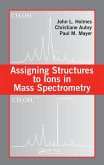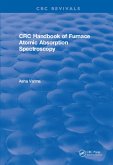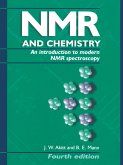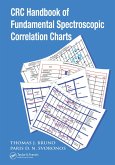The book offers comprehensive coverage of the most essential topics, including:
- Basics of fluorescence spectroscopy
- Design of fluorescent chemosensors
- Sensing mechanisms
- Chemodosimeters for metal ions and anions
- Fluorescent chemosensor arrays
- Fluorescent molecular logic gates
- Probes detecting bacteria and biomolecules
- Fluorescent indicator displacement assays
- Sensing with covalent-organic frameworks
- Probes detecting small molecules in the gas phase
- Two-photon fluorescent chemosensors
- Bioimaging applications
This book serves as a reference book for scientific investigators involved in fluorescence-based analytical work. It is an ideal companion for students (undergraduate, graduate, and postgraduate), researchers, and faculty in academia interested in fluorescent chemosensing and bioimaging. Fluorescence industry professionals interested in bioimaging and/or fabricating fluorescent-based devices can also refer to this book.
Dieser Download kann aus rechtlichen Gründen nur mit Rechnungsadresse in A, B, BG, CY, CZ, D, DK, EW, E, FIN, F, GR, HR, H, IRL, I, LT, L, LR, M, NL, PL, P, R, S, SLO, SK ausgeliefert werden.



